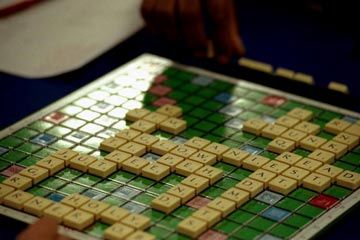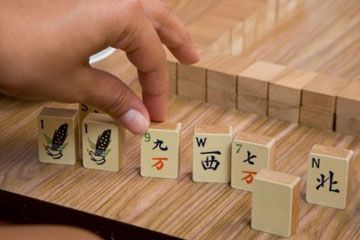How to Play Backgammon: Bearing Off

To win a game of backgammon, you must be faster than your opponent in removing your checkers from the board, a process known as bearing off. Before you can start doing so, however, you must first get all 15 checkers to your home board. No checkers can remain outside the home board or on the bar. Only when you've moved all 15 into your home board can you commence bearing off.
Here are the rules that govern this part of the game:
Advertisement
- You can bear off a checker by rolling a number that corresponds to the point on which that checker resides. If you roll a 5, for example, you can remove a checker from the 5-point.
- If there is no checker on the point indicated by the roll, you must make a legal move using a checker on a higher-numbered point. If there are no checkers on higher-numbered points, you must remove a checker from the highest point occupied by one of your pieces.
- If you can make a legal move, you aren't required to bear off.
- If one of your checkers is hit as you're bearing off, you must re-enter the checker and move it back to the home board before you can resume bearing off.
If you bear off all 15 checkers before your opponent, you win. If your opponent is able to get rid of at least one checker, then your win falls into the single game category. If your opponent fails to bear off any checkers, then your win qualifies as a gammon. And if your hapless opponent hasn't borne off any checkers and still has checkers on the bar or in your home board, then your win is considered a backgammon — a victory that comes only once every hundred games or so.
After you've mastered the basics of backgammon, you might be ready to mix things up with a few variations on the game. That's next.


